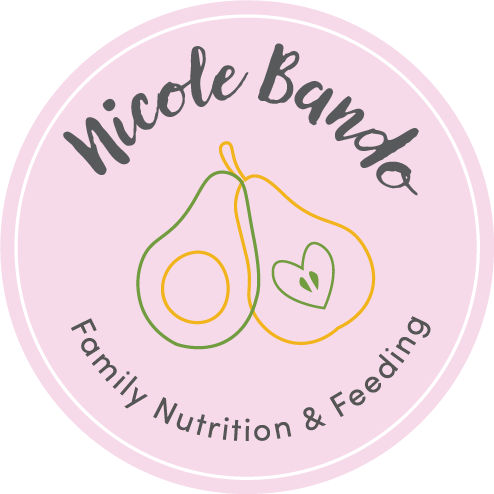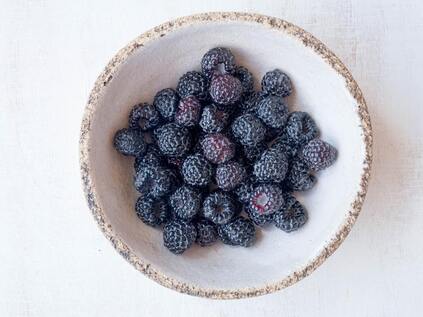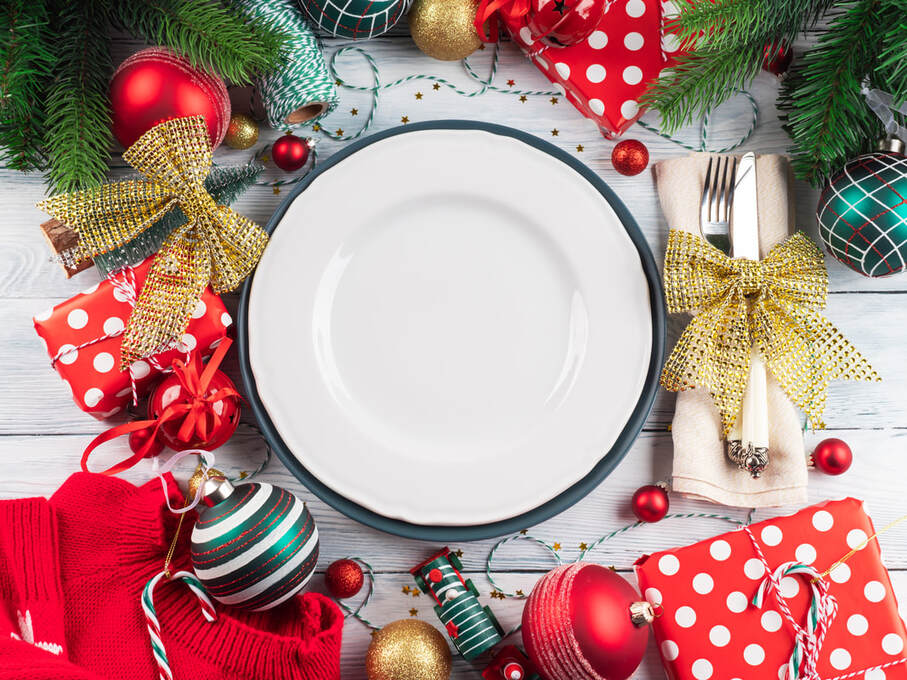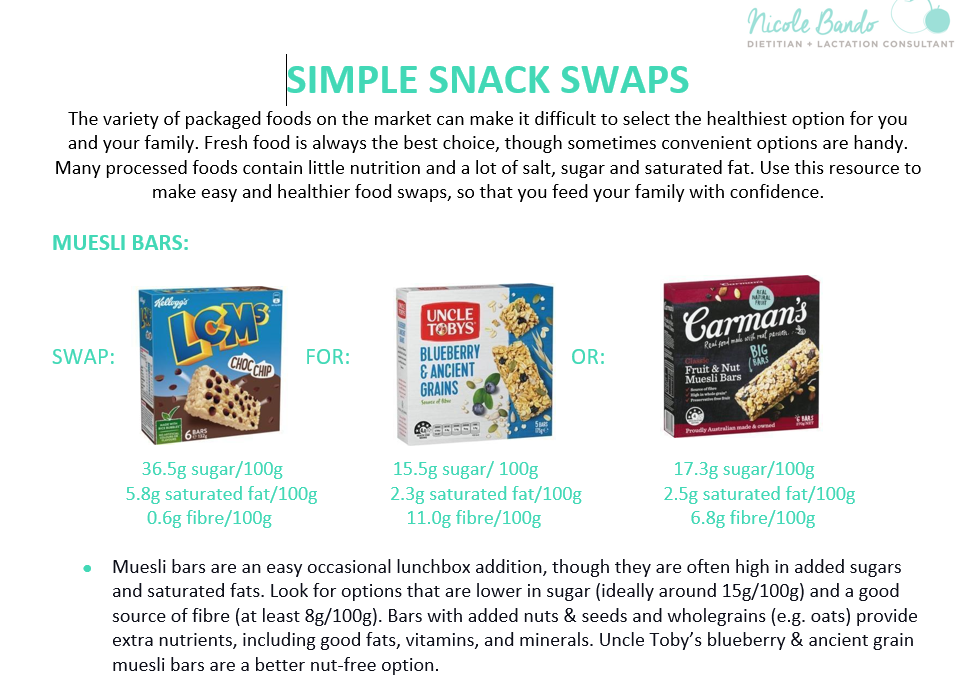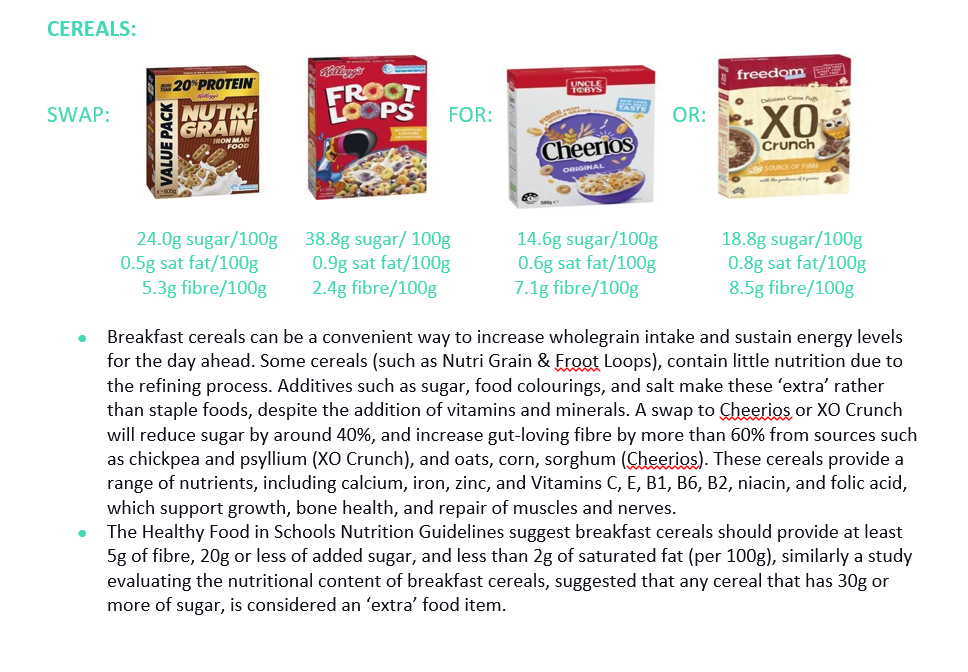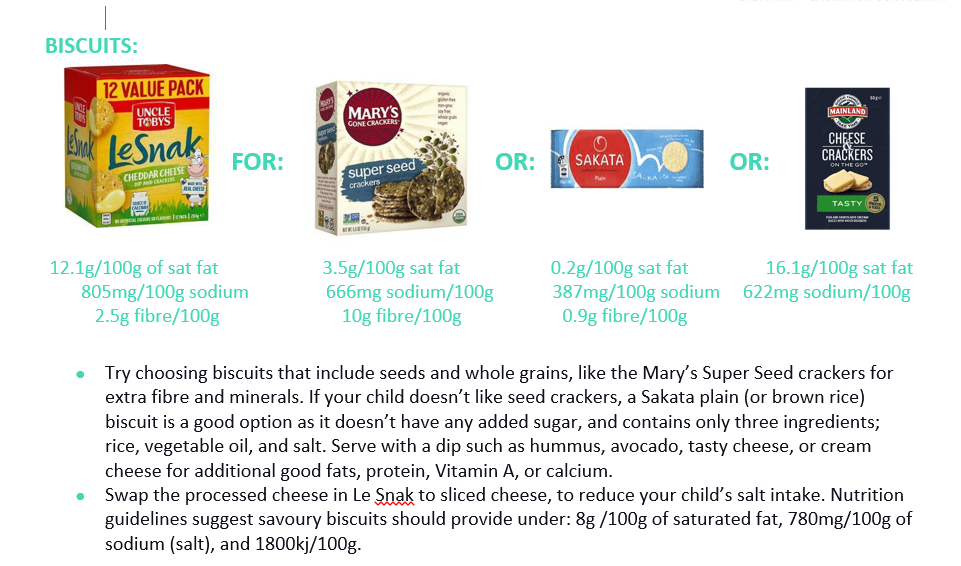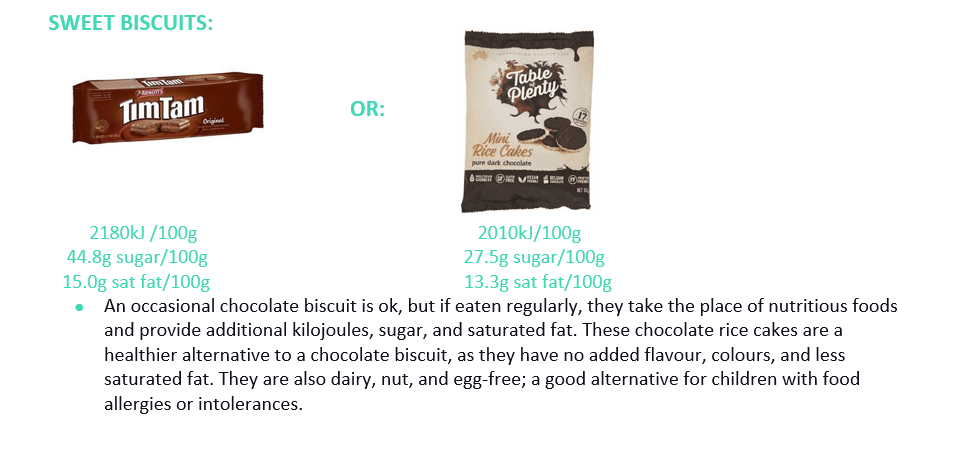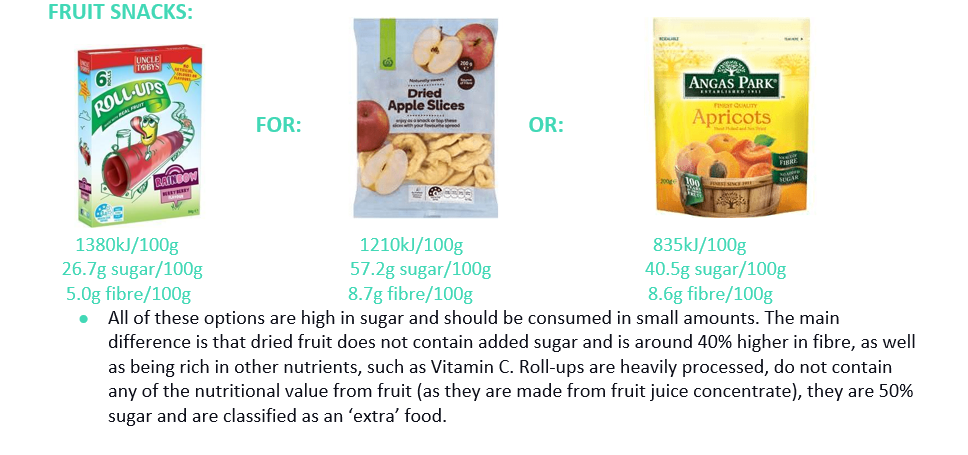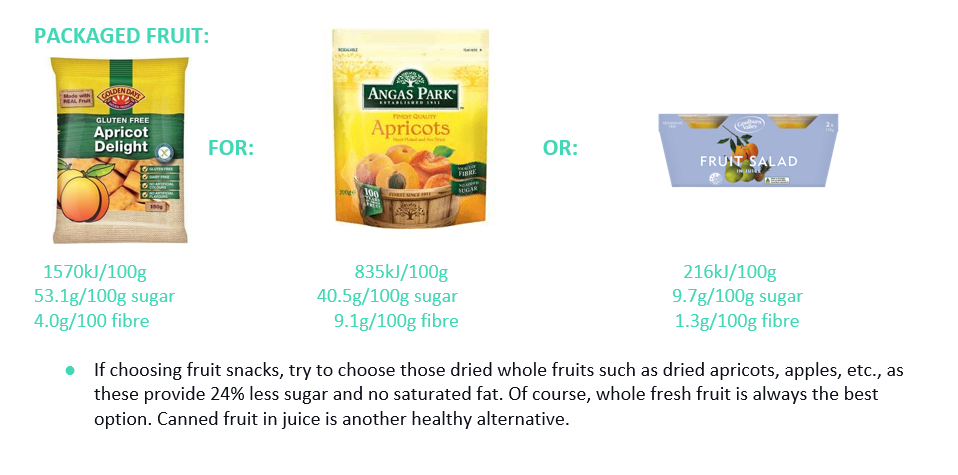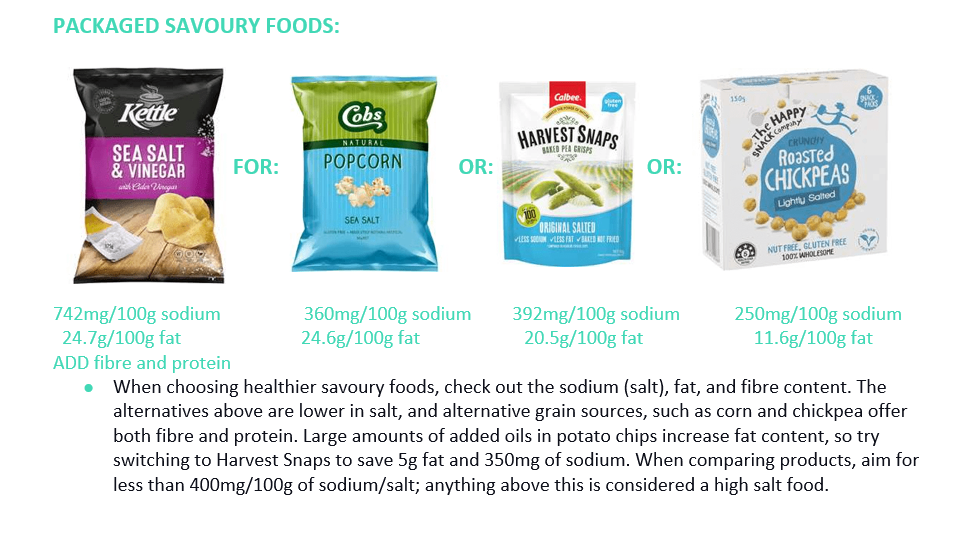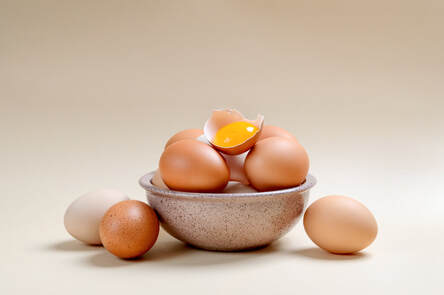By Emma McShane, Dietitian. Edited by Nicole Bando, Dietitian & IBCLC, August 2022
At a party, a small amount of sugary food is okay, though it is important to ensure the majority of the food includes healthy options for children to ensure they are being nourished for growth & their best health. Children may have many parties over a weekend, which means their opportunity to eat high sugar, processed foods is beyond their needs for growth.
For quick, easy packaged food options to include in your next kids’ party, check out this link:
https://www.nicolebando.com/blog/simple-packaged-snack-swaps
These colourful ideas also promote growth, mood, play & concentration:
– Vegetable sausage rolls made with filo pastry
– Assorted sandwiches using multigrain bread
– Fruit skewers
– Fruit and yoghurt cups
– Wholemeal pita bread pizzas loaded with vegetables such as spinach, capsicum, tomato, mushrooms etc.
– Healthy bliss balls
– Popcorn for children over 3 years of age
– Cheese and crackers
– Rice crackers & dips
– See our allergy friendly party food list
Lolly bags have an excessive amount of sugar and minimal nutrients, and are generally not recommended. Try swapping out lollies for something else, such as colouring books and utensils, craft ideas or recipe cards for healthy foods to make at home. Or offer 1 small treat instead of a bag.
